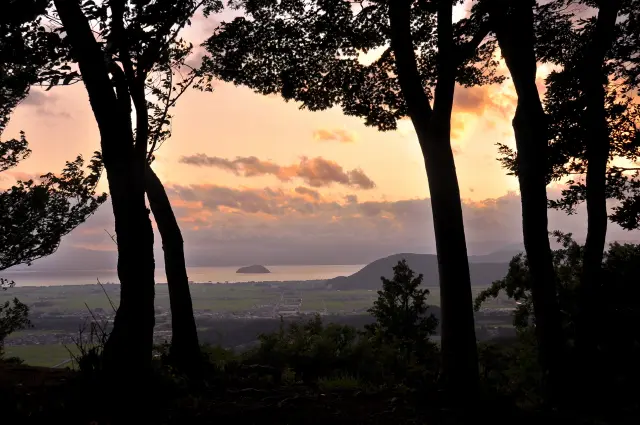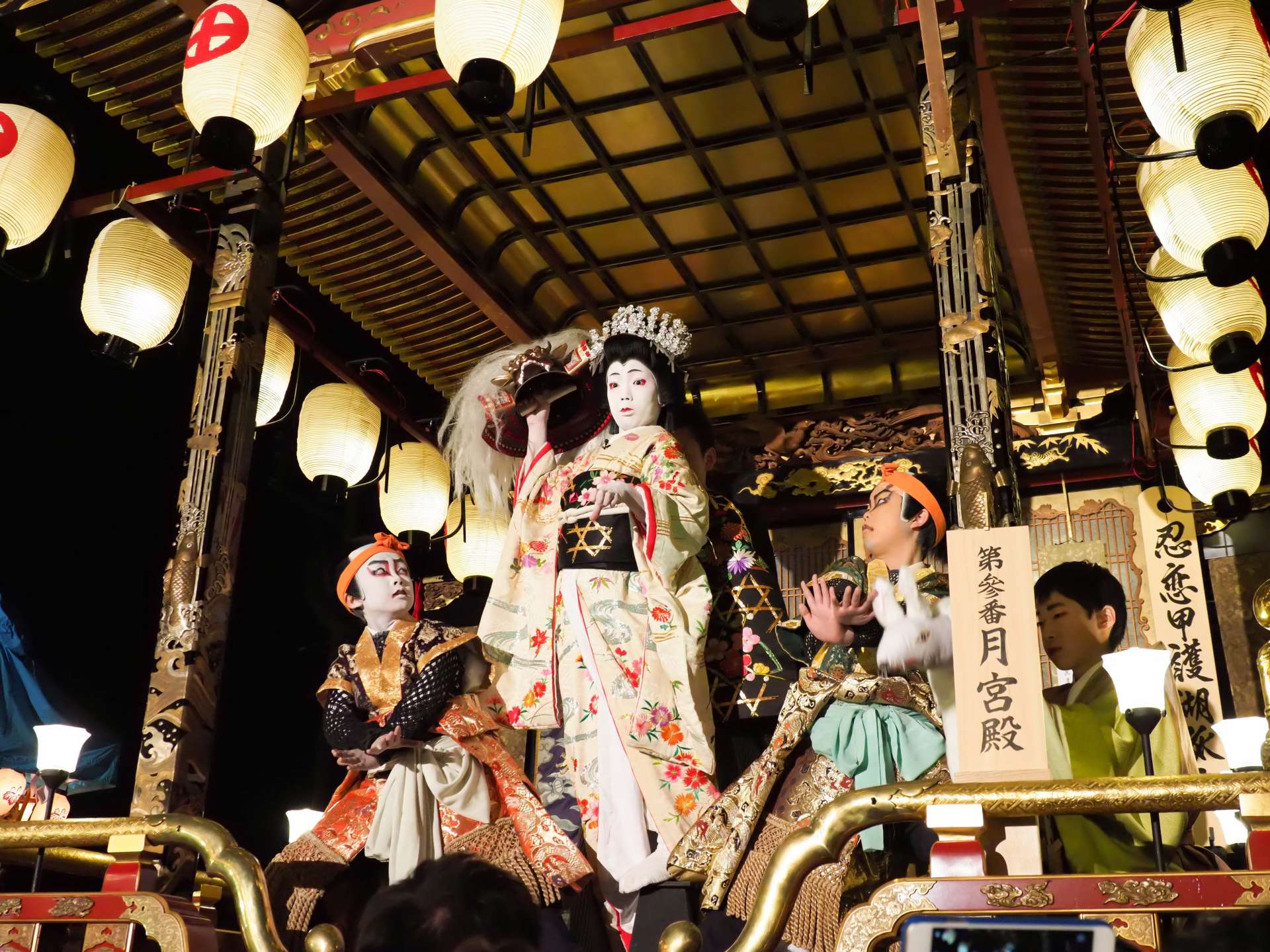
Hikiyama Festival Children’s Kabuki
Last update
Shiga Prefecture, Kansai
Nationally designated Important Intangible Folk Cultural Property, UNESCO Intangible Cultural Heritage (Nagahama)
Prefecturally selected Intangible Folk Cultural Property (Maibara)
Children’s Kabuki is the highlight of the Hikiyama Festival, where children give charming performances that put adults to shame.
In 1573, Hashiba Hideyoshi (afterward known as Toyotomi Hideyoshi) ruled the three provinces of northern Lake Biwa including Sakata, Azai, and Ika. Hideyoshi constructed a castle in Imahama, facing Lake Biwa, finally changing the name of the area to Nagahama. The large Hikiyama Festival of Nagahama traces its roots back to Hideyoshi, and has a history nearly 430 years long. On the other hand, it is said that in Maibara, situated to the south of Nagahama, the festival began as a ritual at the Yutani-jinja Shrine in imitation of the Hikiyama Festival. Nowadays, the Hikiyama Festival is continued in both Nagahama and Maibara, and the biggest highlight is the charming performance of the Children’s Kabuki.
The Nagahama Hikiyama Festival is said to have begun as a parade of samurai by Hashiba Hideyoshi more than 430 years ago.
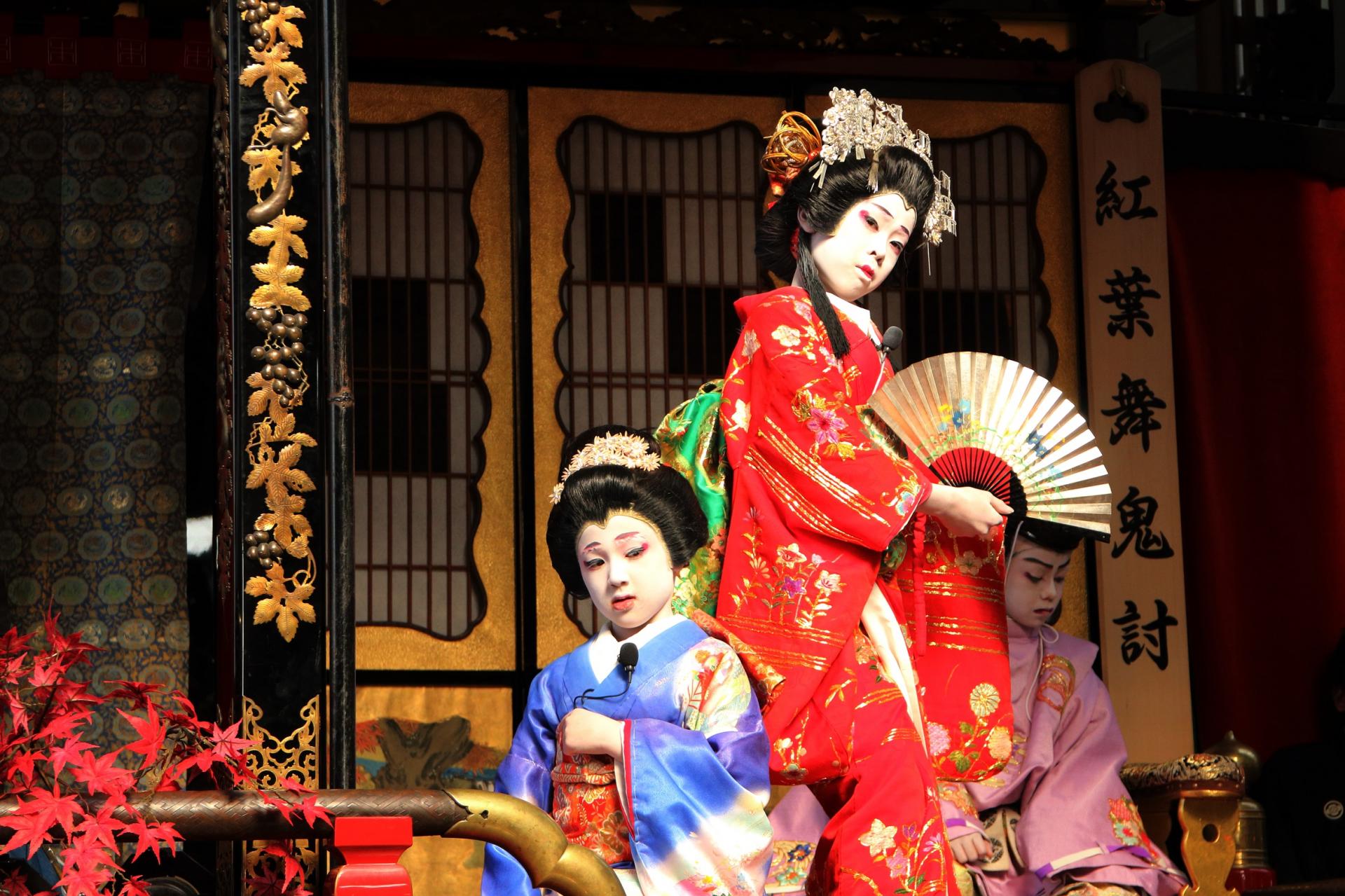
The enthusiastic performances of the children enchant audiences from atop the stage erected on the hikiyama, or festival float.
The Hikiyama Festival of Nagahama is held each year from April 9 to 17. Its origins go back more than 430 years to the time when Hashiba Hideyoshi built Nagahama Castle. Hideyoshi restored the dilapidated Nagahama Hachiman-gu Shrine and reinstated the ritual, performing a samurai march known as the Naginata Procession. It is said that this served as the model for the Hikiyama Festival, and it is currently still performed by the Naginata Group.
The biggest highlight of the Hikiyama Festival is the Children’s Kabuki. On the evening of April 13, children perform a kabuki play for the first time. During the morning of the 14th, each group performs a kabuki play on the festival floats placed on the street. The high point of the Children’s Kabuki is the performances at Nagahama Hachiman-gu Shrine on April 15. Four festival floats with stages are brought in to the shrine grounds upon which the children passionately perform a kabuki play for nearly 40 minutes.
Local boys shine in their performances at the Maibara Hikiyama Festival
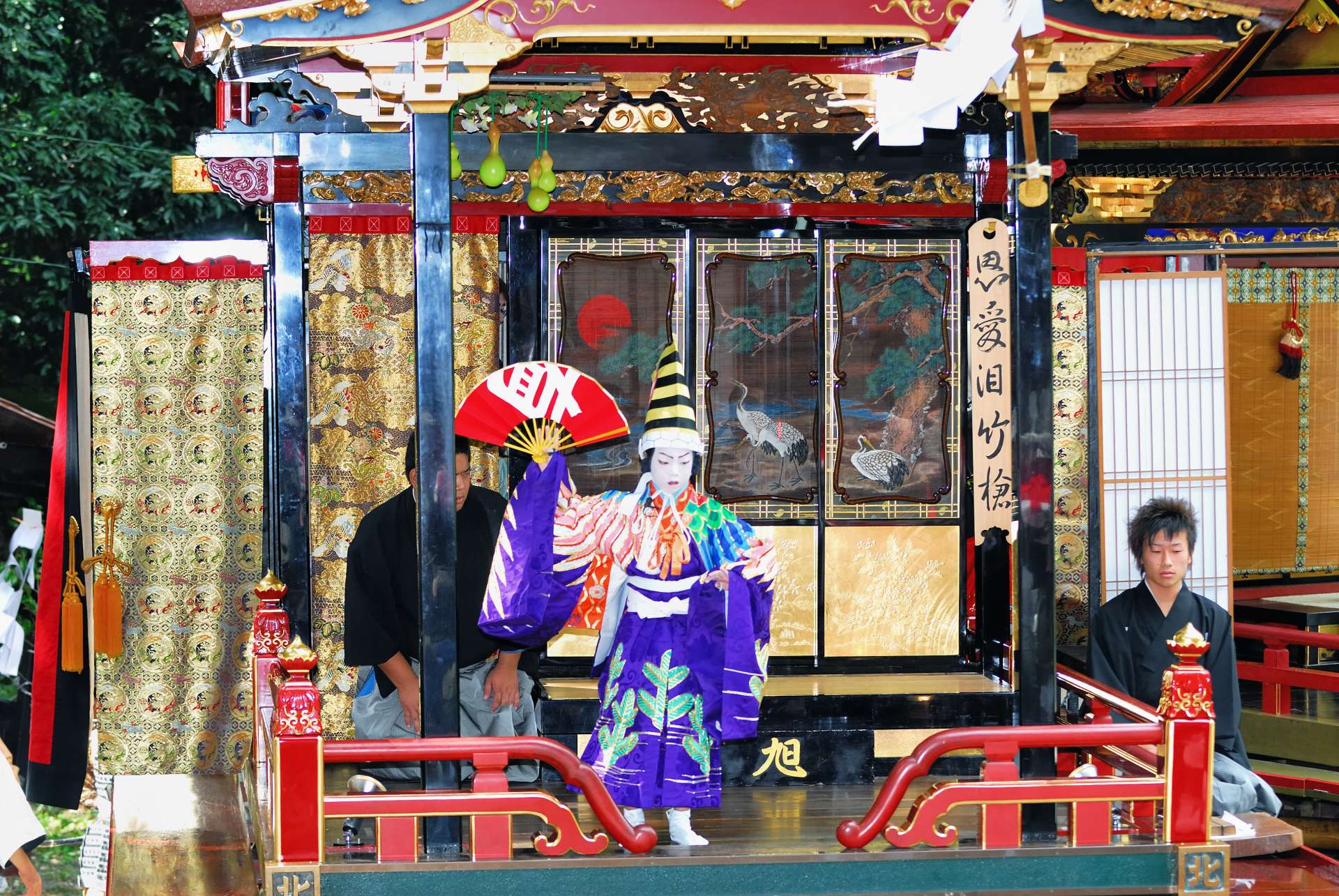
Children’s Kabuki at the Maibara Hikiyama Festival. Local boys from 5 to 12 years old give fantastic performances.
Every year in early October, the Hikiyama Festival is held at Yutani-jinja Shrine in the city of Maibara, which is situated near Nagahama. It is thought that the Maibara festival began in imitation of the Nagahama Hikiyama Festival, with records showing that it was performed during the late Edo Period in 1770. The Asahiyama Group of Kitamachi, the Shoozan Group of Nakamachi, and the Juzan Group of Minamimachi bring out the festival floats. Just as in Nagahama, boys from 5 to 12 years old are selected from each group to perform in the Children’s Kabuki, which is the highlight of the festival.
Yutani-jinja Shrine, where the Maibara Hikiyama Festival is held, has a long history that is said to originate when pilgrims from Izumo built a small shrine upon discovering a hot spring. Usually, the atmosphere at the shrine is peaceful and quiet, however, it becomes charged with the energy of the people during the autumn Maibara Hikiyama Festival.
Visit Nagahama and Maibara in search of a story woven from beautiful natural scenery and a long history
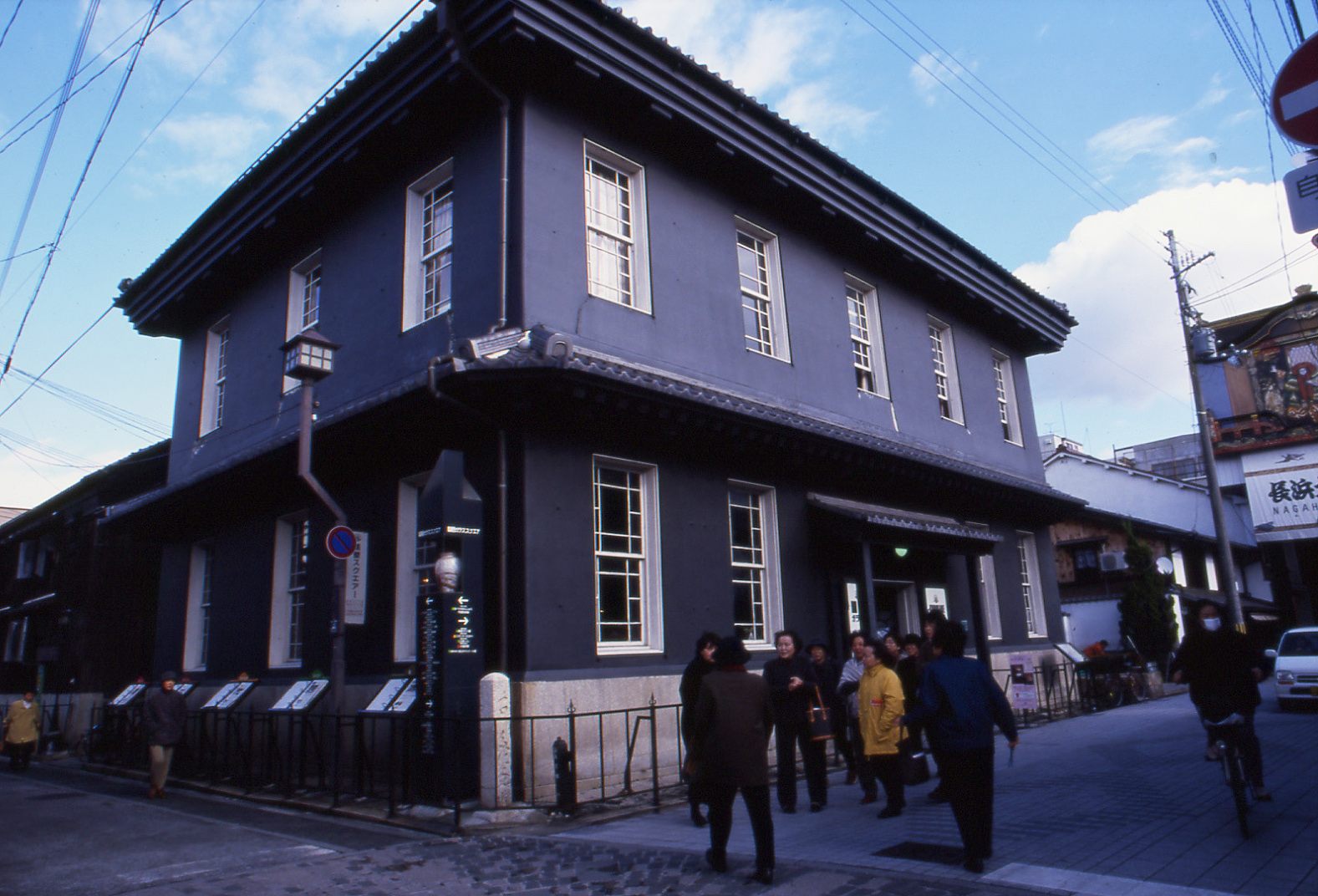
The Kurokabe Ichigokan is located in a repurposed bank built in 1900.
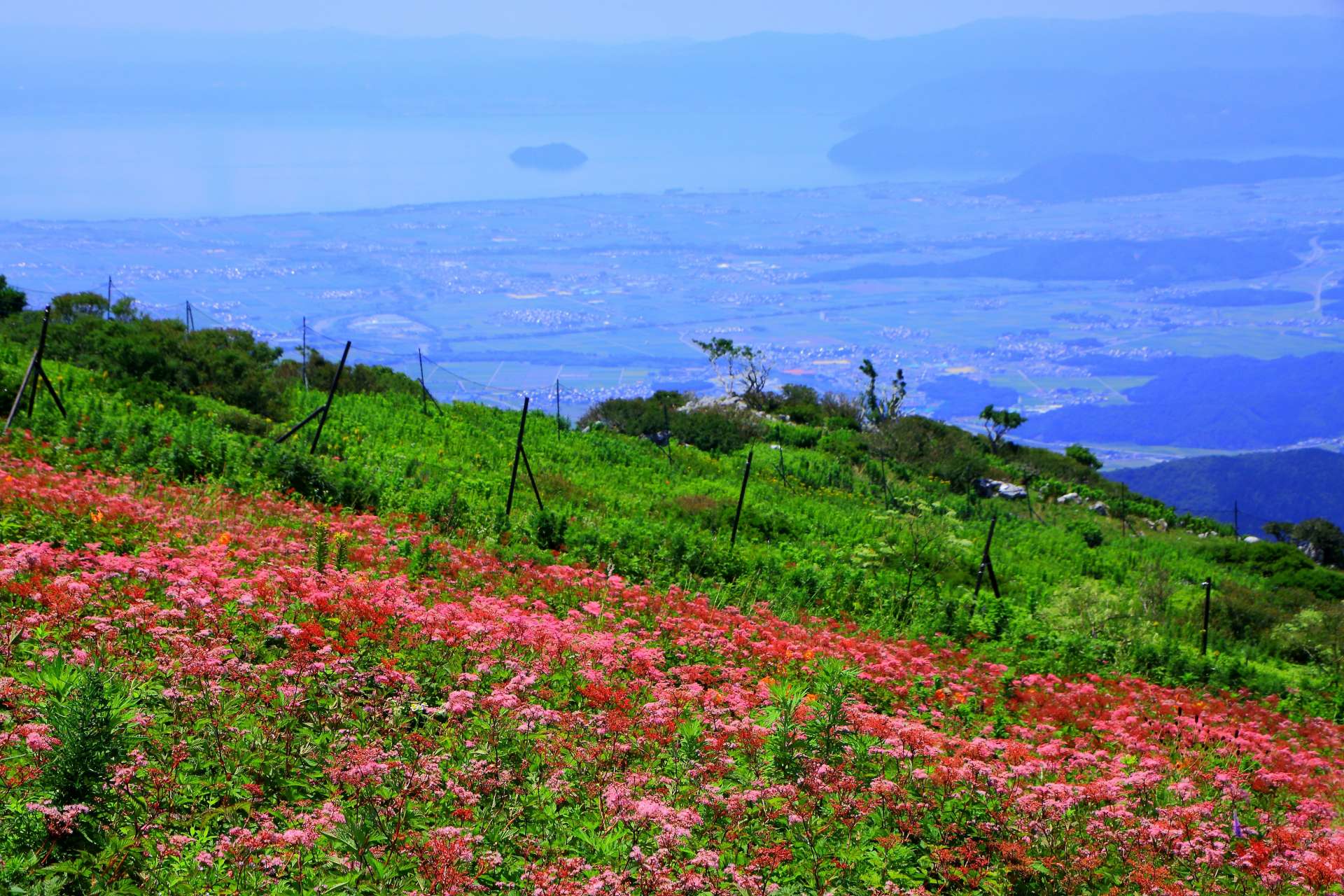
Wildflower gardens decorate the summit of Mt. Ibuki, where visitors can also see rare alpine plants.
Nagahama is home to abundant nature and a castle town that developed during the construction of Nagahama Castle. It is said that the town layout served as the model for early modern castle towns. The area around Nagahama Kurokabe Square in particular is a popular spot filled with retro-modern architecture. It is a popular sightseeing area dotted with old-fashioned buildings that now house restaurants, cafes, and shops, such as the Kurokabe Glass Studio, which can be found in a Meiji Period bank affectionately known as the Kurokabe Bank. The decadent festival floats can be seen year round at the Nagahama Hikiyama Museum. The museum is where, among other things, the floats are serviced and the staff works hard to carry on the culture of the festival.
In Maibara you’ll find Mt. Ibuki, one of Japan’s 100 most famous mountains. At nearly 1,377 meters high, it is the tallest peak in Shiga Prefecture. From the summit, visitors can enjoy a panoramic view encompassing Lake Biwa, Mt. Hirasan, Mt. Hieizan, the Japanese Alps, and Ise Bay. This mountain appears in many historical Japanese documents such as the Kojiki and the Nihon Shoki. The wildflower garden on the summit is designated as a Natural Monument by the Japanese government.
Nagahama has a long history and is surrounded by abundant natural scenery, and Maibara is a conveniently accessible destination. Come enjoy a captivating story woven from the gorgeous scenery of Lake Biwa, the surrounding mountains, and historical feudal warlords such as Hideyoshi.
Photos:Nagahama Hikiyama Cultural Association/Maibara Hikiyama Festival Historical Society/©︎ Biwako Visitors Bureau
Check also...
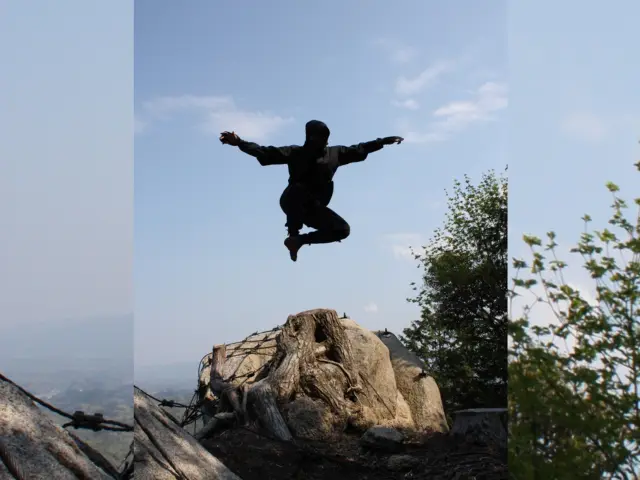
🥷 Walk in the Footsteps of Real Ninja: Discover Koka’s Hidden Legacy

Consider your accommodation in the Kansai area!

Restrictions on Large Baggage

Hidden Stories in Stone: Exploring Japan’s Castle Walls

Feel Like a Lord: Castle with Stunning Panorama Views
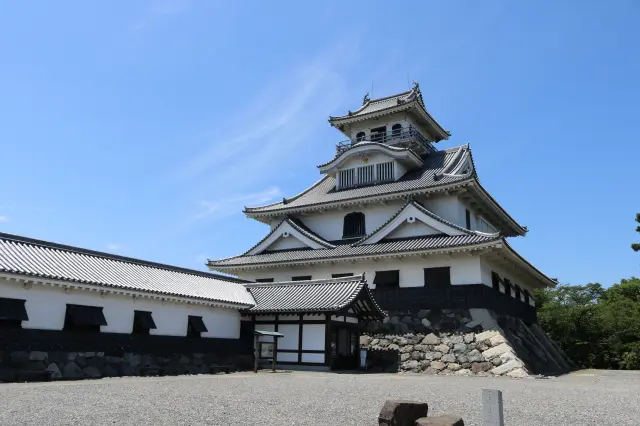
Castles of Toyotomi Hideyoshi
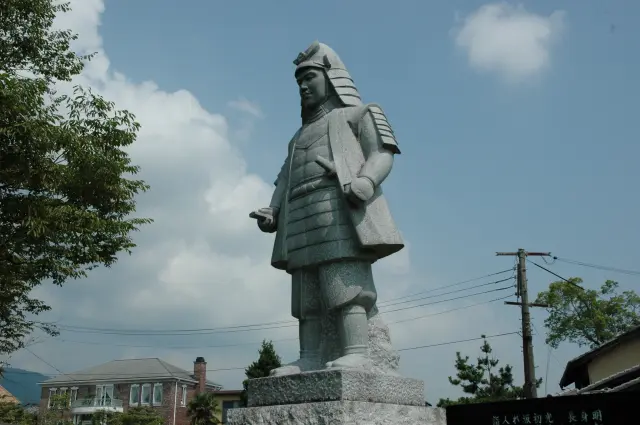
Castles of Akechi Mitsuhide
